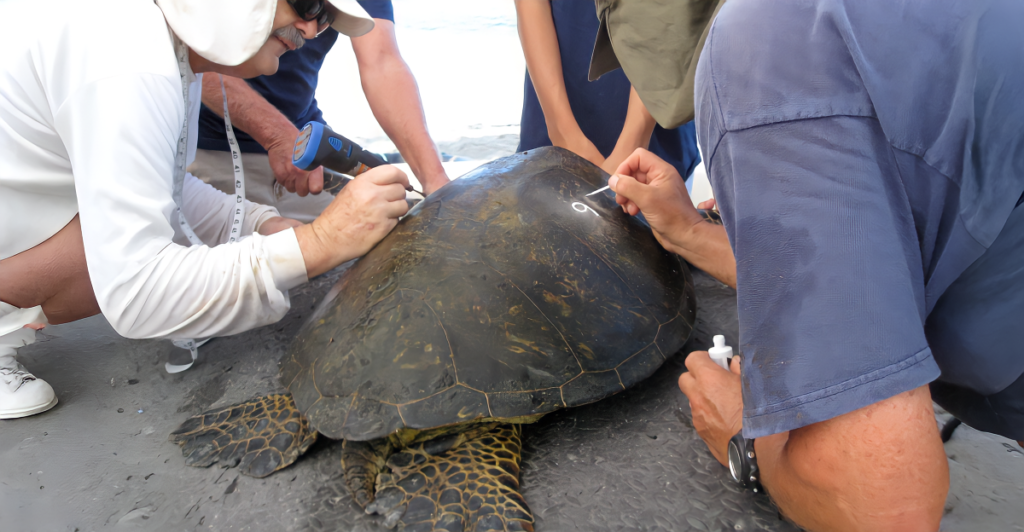
Cockfighting in Central America is a brutal and, in many countries, illegal sport. Despite being banned in many countries like Costa Rica, the sport has persisted and harms not only the fowl that are used in the fight but also endangered sea turtles.
Spurs
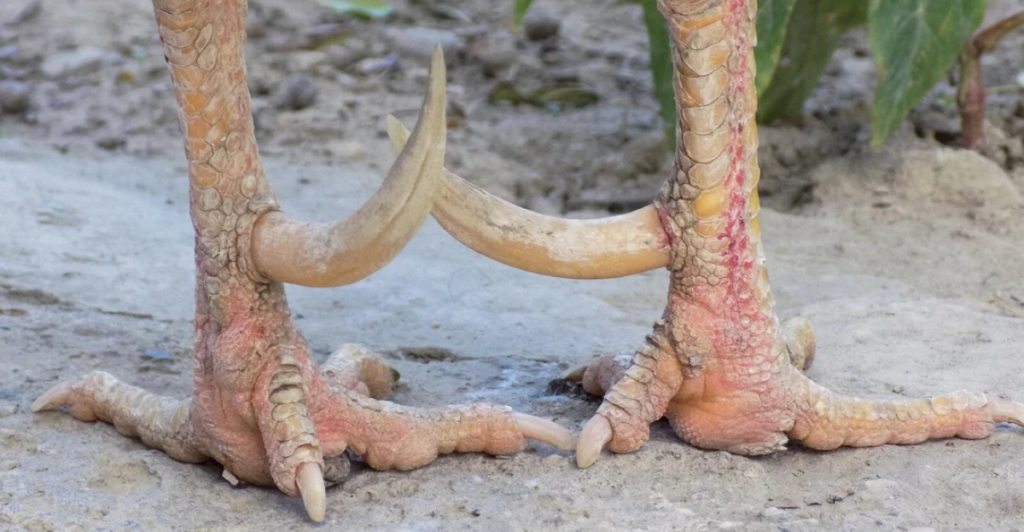
Spurs are sometimes attached to a cockerel’s foot to “enhance” the fight, turning an already dangerous sport for the animals into an often deadly one. Many believe that spurs made from sea turtle shells are the most effective, only further encouraging the senseless violence and the harm to both species.
A History

Cockfighting has a long and complicated history in Central America, with some places even having the sport embedded in local tradition and culture. The sport is hosted illegally underground due to its illegalization. But with the demand for more durable and deadly materials, sea turtles are also being harmed in the sport.
The Hawkbill Sea Turtle
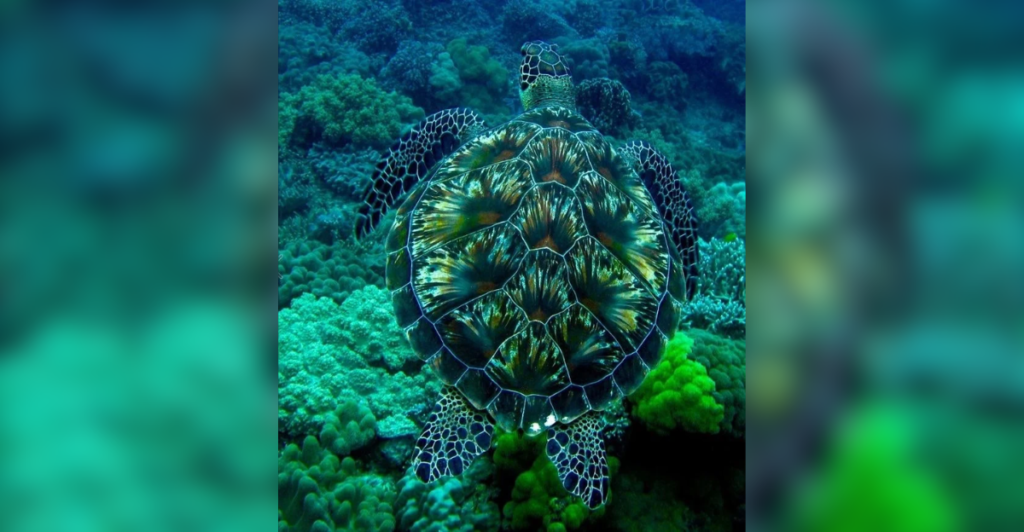
The hawksbill sea turtle is a critically endangered species due to their shells being prized on the black market. The trade is one of many examples of wildlife exploitation that has been tried to be halted for decades. Conservation efforts face many complications, such as a lack of enforcement in Central America due to cultural attitudes.
The Impact On The Turtles
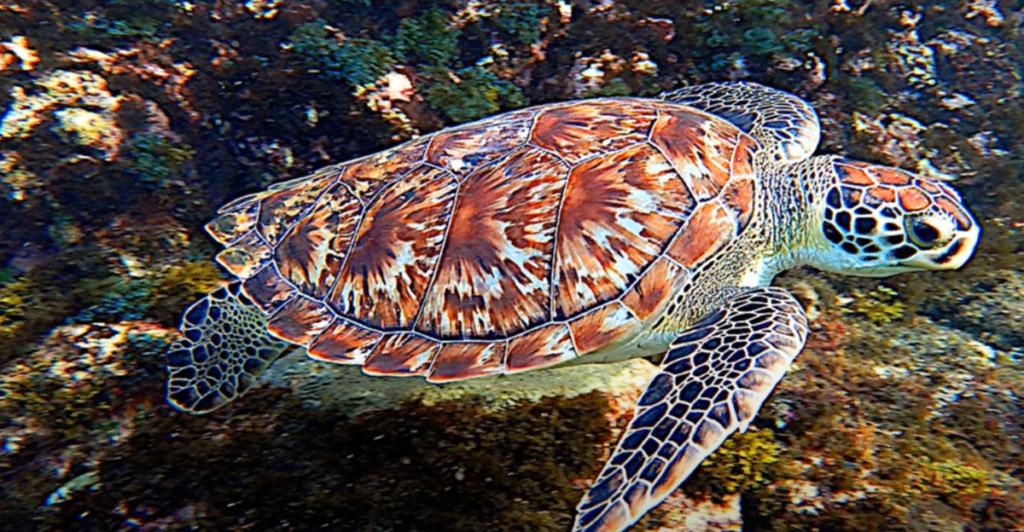
The impact that cockfighting is having on wildlife is multifaceted, with not only the cockerels themselves being forced to be injured or harmed in these illegal matches, but also sea turtles due to their materials. This further encourages wildlife exploitation in the region, which means other animals are also in danger.
Legal Challenges
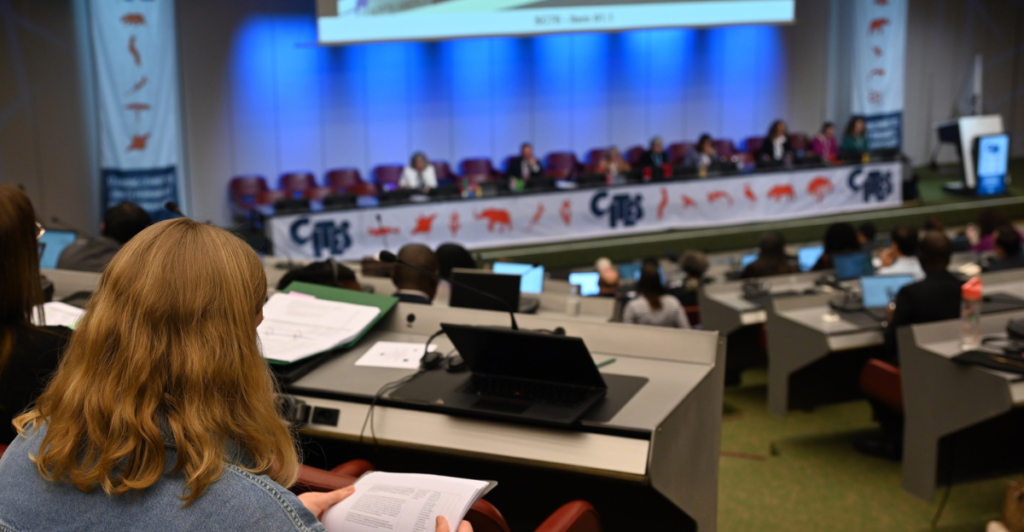
There are organizations like CITES that condemn the illegal trade of wildlife, especially those that are vulnerable and have a history of being exploited. Unfortunately, these protective acts are difficult to enforce as cultural norms can often be overlooked.
The Hawksbill Spur
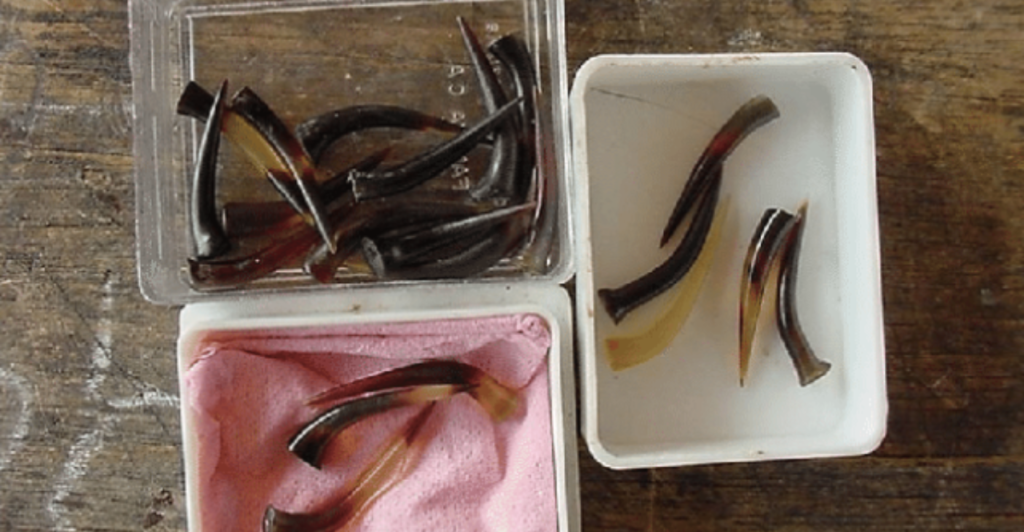
Hawksbill sea turtle shells have been prized for their strength and beautiful patterns. This has led many cockfighting handlers to obtain the shells illegally and craft deadly spurs out of them, harming two animals at once. As demand for these shells go up, the illegal trade is only spurred on.
Combating The Trade
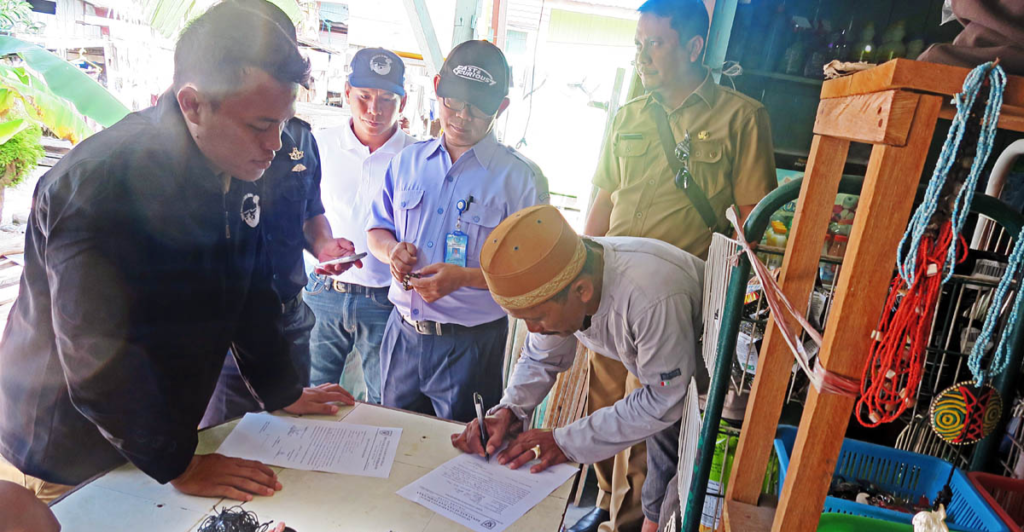
There have been many efforts to directly combat the illegal practice, including training local police agencies to identify any hawksbill shell products. There are also undercover operations to identify online trades and build a wider case against the traders before taking action. But these efforts all have their own challenges.
International Cooperation Is Needed
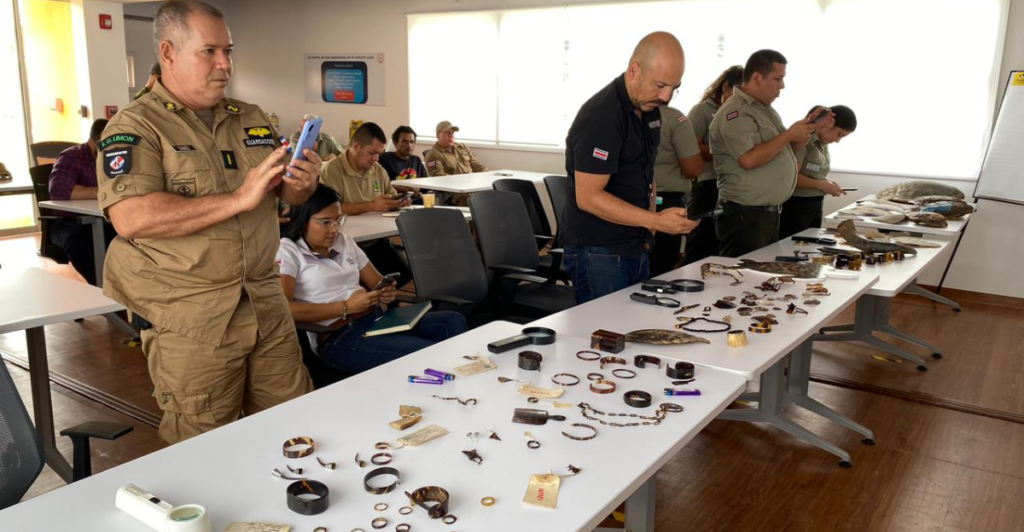
With actions against both illegal cockfighting and the sea turtle shell trade, international cooperation may be needed to address these problems. The trade isn’t localized, meaning that it crosses different countries with different legislation. There have been successful enforcement in countries like Panama, which means that other countries could be addressed as well.
Cultural Norms
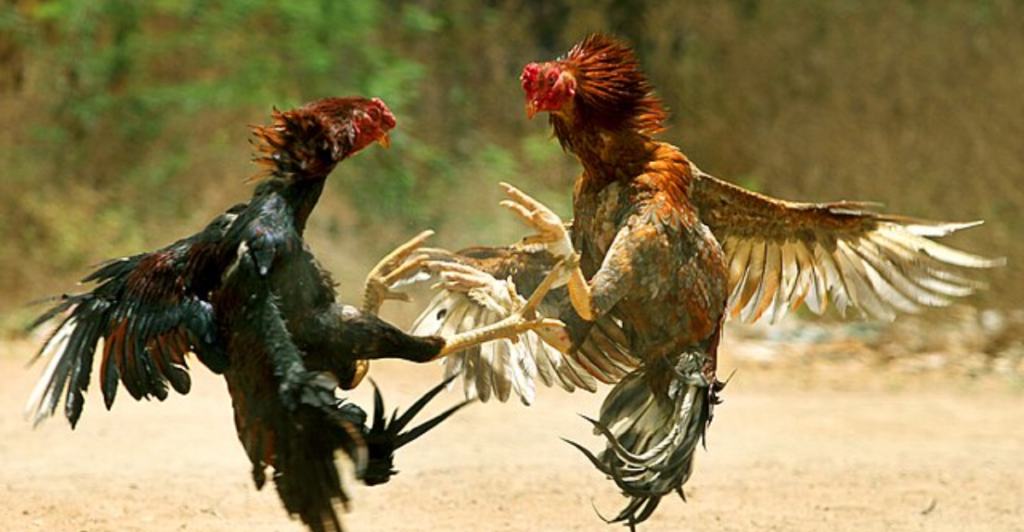
Although it is banned in most countries, cockfighting has a deep cultural significance in many Central American regions. These attitudes must be changed if the bans are to ever become effective. It is a matter of ethics when it comes to knowingly putting animals in harm’s way.
Economic Factors
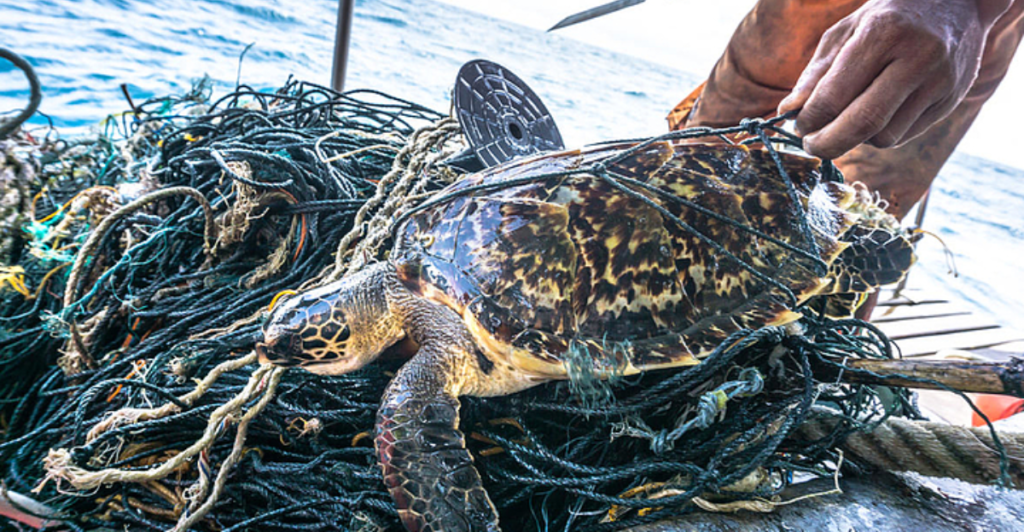
The illegal trade of sea turtle shells and other black market materials is often a way for many to make their income. For the best effect on these trades, alternative sources of income must be developed to reduce the reliance on the trade.
Impact On Other Wildlife
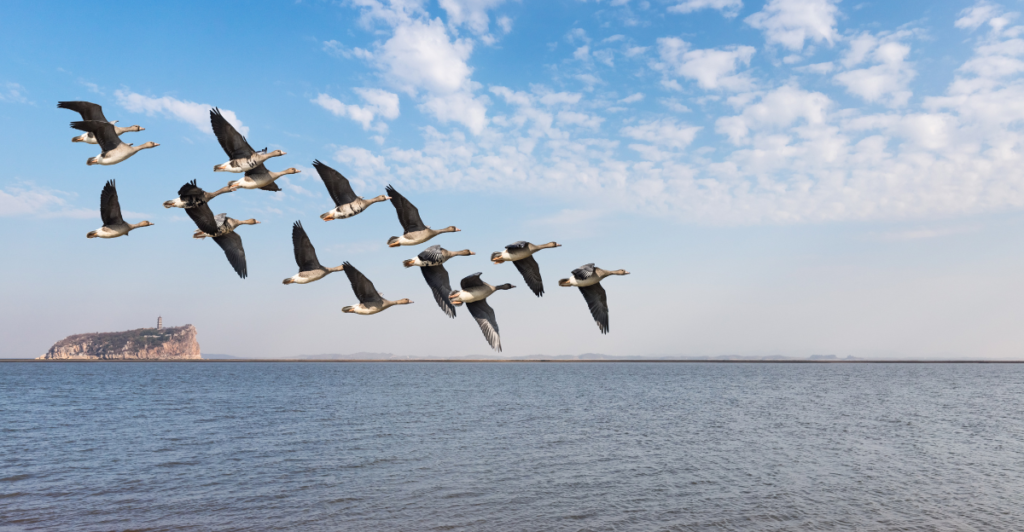
Other wildlife are also impacted by these illegal activities. Migratory birds are also involved in the cockfighting sport, and are killed protecting prized fighting cockerels. Better conservation strategies must be developed to encompass these practices.
Success In The Past
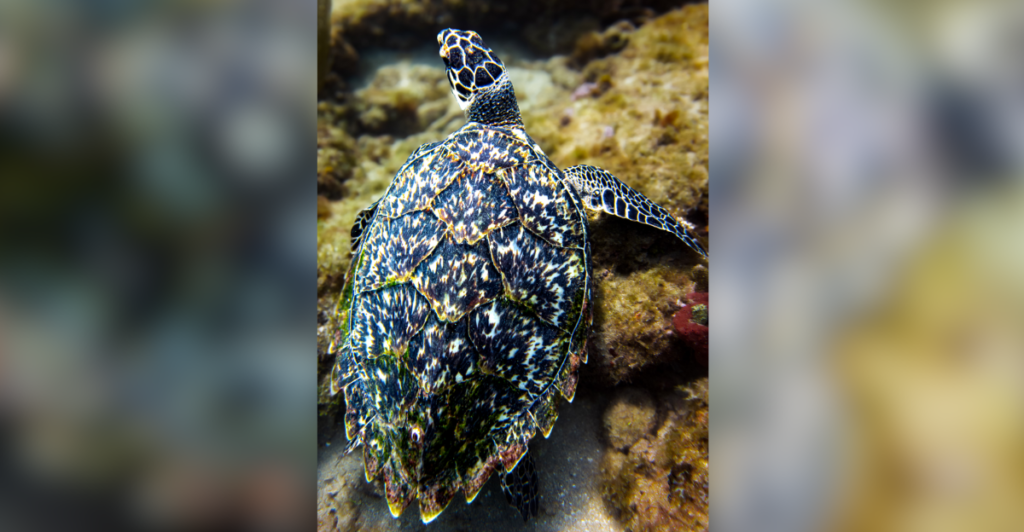
While shady nature of the trade often means that it is difficult to pinpoint traders or distributors. However, there have been success stories in the past, with many organizations siezing turtle spurs and making communities aware of the issue. With enforcement being challenged in many local areas, there is still much work to be done.
Future Directions
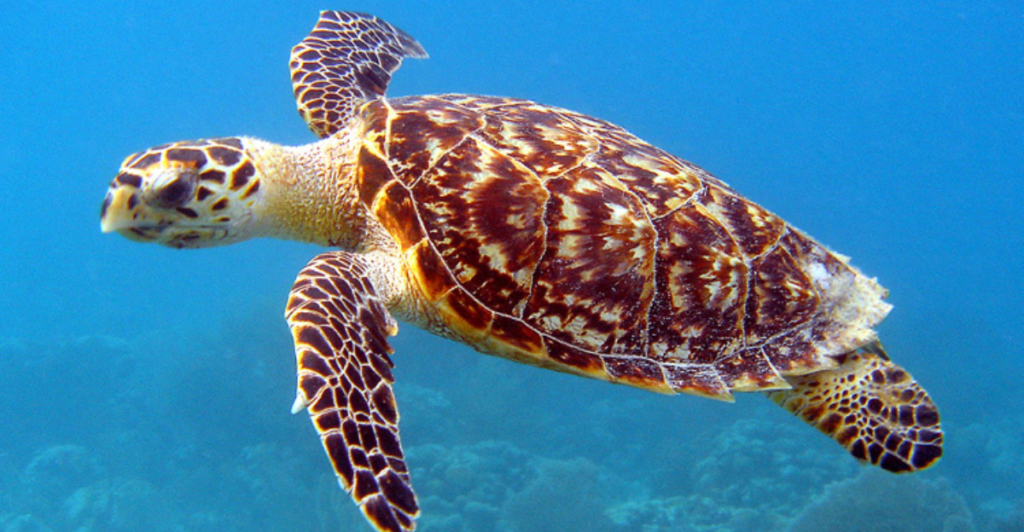
Illegal cockfighting in Central America has a knock-on effect with the black market trade of illegal materials like the hawksbill sea turtle shell, which means that enforcers must look to the source of the problems. If one of these issues is addressed, it is likely that the other may diminish at least slightly.
Explore more of our trending stories and hit Follow to keep them coming to your feed!

Don’t miss out on more stories like this! Hit the Follow button at the top of this article to stay updated with the latest news. Share your thoughts in the comments—we’d love to hear from you!







